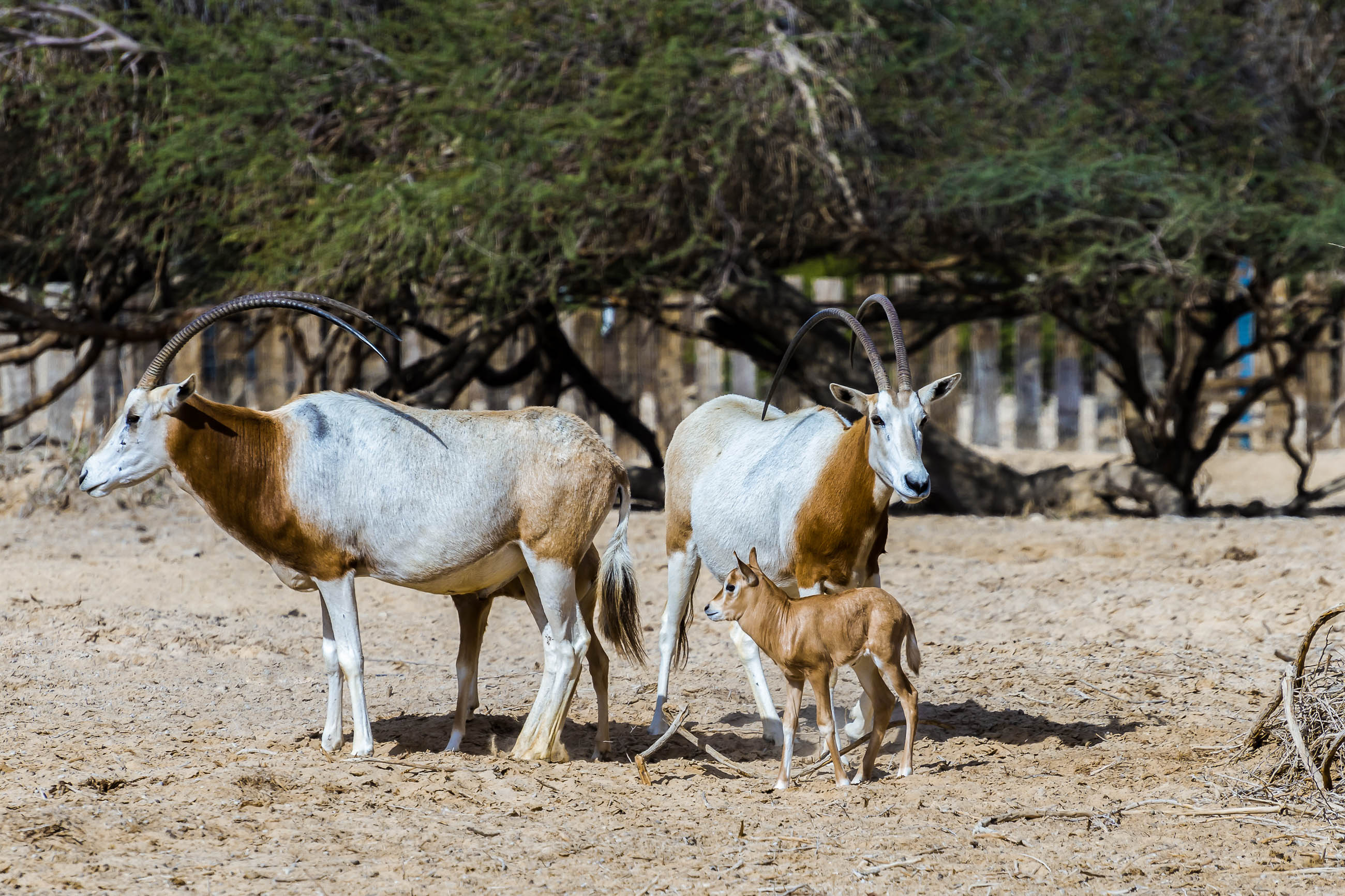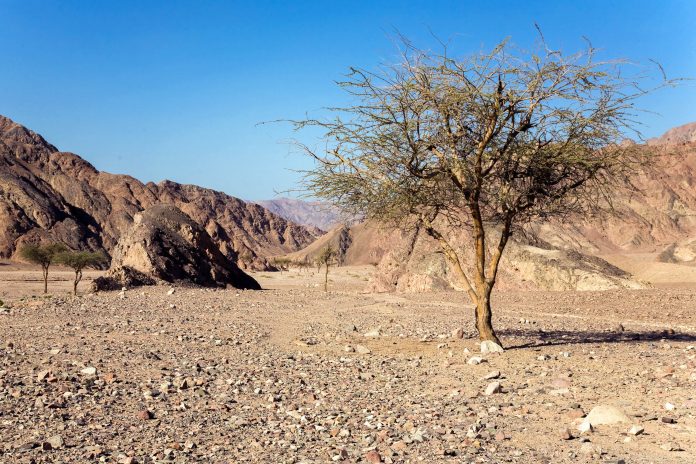Der Gebel-Elba Nationalpark im Südosten Ägyptens an der Grenze zum Sudan und Roten Meer ist Ägpytens einzige Oase. Sie beeindruckt durch ihre in Ägypten einzigartige Tier- und Pflanzenwelt. Auch als ausgestorben geltende und stark bedrohte Tierarten wurden dort unbestätigt schon gesichtet.
Der Gebel-Elba-Nationalpark wurde im Jahr 1986 zum solchen erklärt und steht auf unserer Liste der Top 10 Sehenswürdigkeiten von Ägypten. Er liegt in der Sahara im südöstlichen Ägypten, etwa 30km nördlich der Grenze zum Sudan und 20-25km vom Roten Meer entfernt. Diese Region des so genannten Hala’ib-Dreiecks am Roten Meer im südwestlichen Ägypten ist zwischen Ägypten und Sudan umstritten.
Gebel-Elba – Wohnort der Beduinen
Bis heute ist der Gebel-Elba-Nationalpark das Zuhause einiger Beduinenstämme, die in das Naturschutzgebiet eingebunden werden. Der lang anhaltende mittlerweile über mehrere Jahre anhaltende Wassermangel hat jedoch viele von ihnen gezwungen, in die Küstenstadt Abu Ramad abzuwandern.
Der größte Stamm sind die halbnomadischen Bedscha mit den Ababda, einer Untergruppe der Bedscha. Die ebenfalls halbnomadischen Bischarin sind bekannt für ihre ausgezeichneten Kamele und handeln außerdem noch mit Ziegen, Schafen und Holzkohle, die auf den Märkten gegen Lebensmittel und Gebrauchsgegenstände eingetauscht werden. Sie gelten außerdem als hervorragende Spurenleser im Wüstensand und sind daher auch immer wieder bei Expeditionen dabei.
Die Fuzzy Wuzzys sind ebenfalls ein Beduinen-Stamm. Eigentlich heißen die früher als kriegerisch bekannten Beduinen Hadendoa, ihren Spitznamen verdanken sie ihrer hoch aufgetürmten Afro-Frisur.
Gebel Elba – einzige Oase Ägyptens

Das etwa 35.500 Quadratkilometer umfassende Gebiet enthält den einzigen Teil des Landes, der Mangroven- und Waldgebiete aus natürlichem Ursprung aufweist. Normalerweise gibt es in der Wüste Ägyptens jährlich nicht mehr als 50mm Niederschlag. Im dortigen Hochland jedoch, vor allem an der zum Roten Meer gewandten Seite entstand durch Nebel, Tau und Dunst ein Feuchtgebiet, in dessen Zentrum der namensgebende knapp 1.500 Meter hohe Berg Elba thront.
In der einzigartigen Oase Ägyptens wurden bis jetzt an die 500 verschiedene Pflanzenarten katalogisiert, Akazien, Dornbüsche, Sträucher, Moose, Farne und wasserspeichernde Pflanzen, wie zum Beispiel Kakteen. Auch die Wüstenrose ist hier zu sehen. Sie fasziniert vor allem durch ihren enormen Überlebenswillen. Sogar in Sand, Schutt und Geröll können ihre Wurzeln Fuß fassen.
Wie die unglaubliche Diversität der Pflanzen im Gebel-Elba-Nationalpark ist auch die Tierwelt für ein Wüstengebiet äußerst beachtlich und mit keinem anderen Flecken Ägyptens zu vergleichen. 23 Säugetier-, 41 Vogel- und 22 Reptilienarten haben dort ihren Lebensraum gefunden, darunter Gazellen, Wildesel, Antilopen, Geier, Strauße und Adler.
Laut UNESCO sollen sogar die ursprünglich in der gesamten Sahara verbreitete und nun bis auf einige wenig 100 Tiere ausgerottete Mendes- und Kuh-Antilope gesichtet worden sein, die laut IUCN als stark bedrohte Tierart gilt. Ebenso sollen einige Exemplare der Säbelantilope im Gebel-Elba-Nationalpark heimisch sein. Dieses elegante Tier mit den charakteristischen über einem Meter langen nach hinten gebogenen Hörnern wurde bereits als ausgestorben erklärt.





